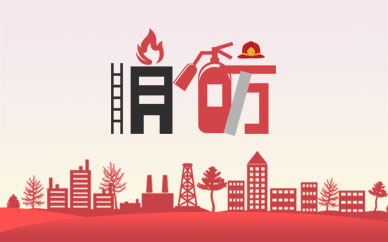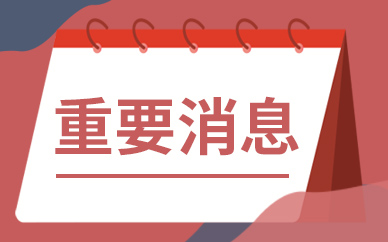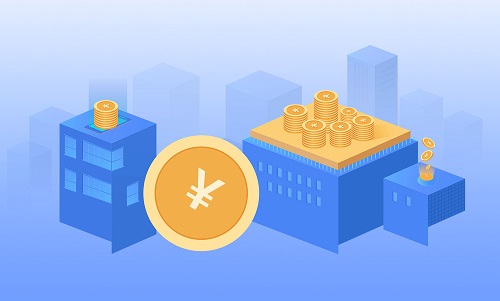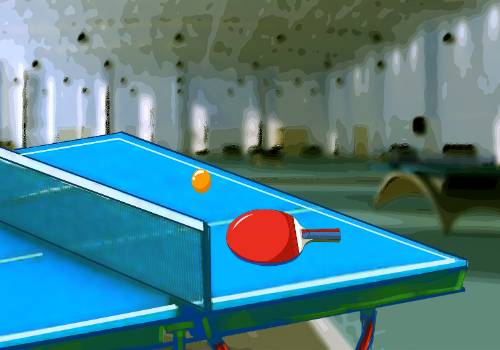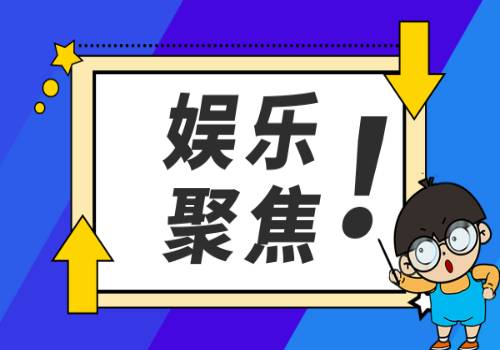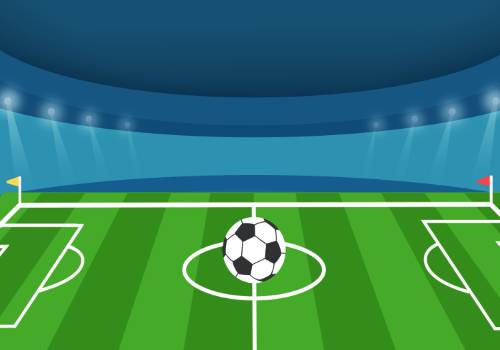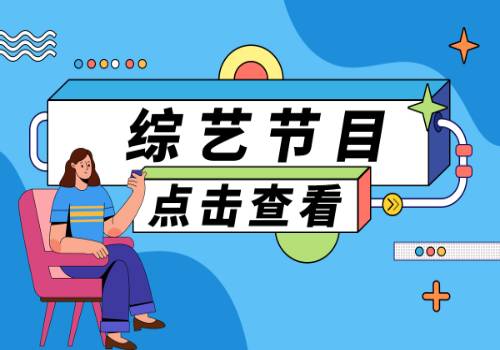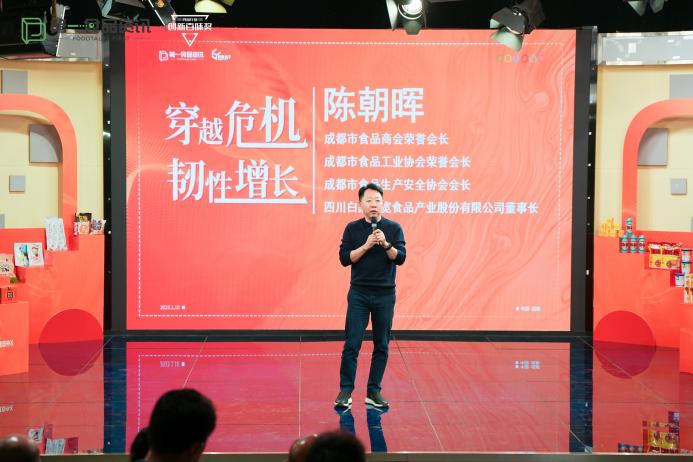BEIJING, Jan. 11 (Xinhua) -- Three years into its arduous fight against COVID-19, China is making headway toward restoring vitality to the lives of over 1.4 billion people.
 (资料图片仅供参考)
(资料图片仅供参考)
People across the country are preparing for the annual travel rush and reunion with their loved ones, restaurants and eateries are reopening, and business representatives are booking charter flights to Europe and beyond in search of new business opportunities.
With China now entering a new phase of COVID response, the normalcy of hustle and bustle is trickling back to the world"s second-largest economy.
Under the leadership of Xi Jinping, general secretary of the Communist Party of China (CPC) Central Committee, China has achieved economic and social development over the past three years, while protecting the lives and health of the Chinese people to the greatest extent.
The miracle can be decoded into five keywords: "fight," "prevention," "coordination," "optimization" -- with the goal of returning to "normalcy."
Behind those five words is the CPC"s people-centered philosophy, which has led the Chinese to the light of hope and will continue to guide the country through future challenges.
FIGHT: THE SPIRIT OF RESOLVE AND COURAGE
A typical morning in Wuhan always starts with a bowl of hot dry noodles.
"It is the taste of home," said Zhao Lei, a 27-year-old Wuhan resident who often enjoys the noodles at a street stand or an outdoor restaurant.
For Zhao and many others in the central Chinese city, these moments of peace are like the rainbow after a storm. They would not have had the pleasure of enjoying this traditional noodle dish in such a leisurely fashion, had an uphill battle not been won against the fast-spreading novel coronavirus.
The Chinese phrase for "anti-epidemic" contains the character "kang," meaning "fight" or "combat." In China, this word has been spoken to muster nationwide courage and solidarity to fight invaders, devastating floods or calamitous earthquakes.
It was used again when an epidemic erupted in Wuhan about three years ago. Initially identified as a pneumonia with an unknown cause, COVID-19 soon became, in Xi"s words, the fastest spreading, most extensive and most challenging public health emergency the country had encountered since the founding of the People"s Republic of China in 1949.
Under the leadership of the CPC, China declared war against the virus to protect lives, with Xi stressing that people"s lives are "heavier than Mount Tai" and must be protected "at any cost."
The CPC"s approach to tackling the raging pandemic was resolute. Through dozens of meetings of the central Party leadership, the Party mobilized the entire country to support the battle in Wuhan and the province of Hubei.
Unprecedented and brave steps were taken in China. Wuhan suspended all outbound trains and flights to slow down virus transmission. Gyms and exhibition centers were converted into temporary wards. Doctors and experts raced against time to improve the diagnosis and treatment of the previously unknown disease.
Strong central leadership ensured the orderly supply of water, electricity, heating, telecommunications and other essential materials and services for over 1.4 billion people, in the face of a fierce onslaught from the epidemic.
The nation"s solidarity can be seen clearly in its anti-virus battle. Tens of thousands of medical workers rushed to the front line, postponing weddings, cutting short their time with their families, and even sacrificing their own lives.
Among these medical workers was Zhang Dingyu, both a patient and a doctor. Zhang had been diagnosed with amyotrophic lateral sclerosis (ALS), yet he saved the lives of many patients as the head of the Wuhan Jinyintan Hospital, one of the major battlefields during the Wuhan epidemic.
"I tried to run faster to save time and more patients," said Zhang, who was often seen staggering between hospital wards.
The heroic medics were not fighting alone as the nation pulled together in its anti-virus drive. Tens of thousands of workers constructed the Leishenshan and Huoshenshan hospitals in just two weeks. Hundreds of millions of people answered the government"s call to remain in their local areas during the Spring Festival over the past three years.
China was also not fighting alone in the battle against COVID-19. The Chinese people still remember the planes carrying aid materials from Russia, the decision by Pakistan to donate entire inventories of masks, and the 30,000 sheep sent by Mongolia as a token of support, among the many acts of friendship and solidarity from other countries.
As the world"s largest developing country, China also extended helping hands to other countries, even when it was still reeling from the domestic outbreak. So far, China has sent teams of medical experts to 34 countries to fight the pandemic, and has offered over 120 nations and international organizations 2.2 billion doses of COVID-19 vaccines.
China"s communication with the world has been timely and candid. On Jan. 9, 2020, one day after Chinese experts initially identified the novel coronavirus as the cause of the epidemic, China informed the World Health Organization (WHO) about the epidemic, sharing its initial progress in pathogen identification.
On Jan. 12, 2020, China submitted to the WHO the genome sequence of the novel coronavirus. China"s plans for treatment, as well as epidemic control and prevention, were also published for other countries to review.
Placing lives above all, national unity, heroism, selflessness, respect for science and solidarity with the international community -- these values have all been etched into China"s spirit in its fight against the pandemic, and will be a national psyche to inspire many future generations.
PREVENTION: A DEFENSE LINE BY THE PEOPLE
When people in some Western countries still hesitated to wear a facial mask, China has taken solid actions in firmly preventing COVID-19 infections, making it a proactive and vital strategy in the country"s battle against the virus.
Concerted efforts were made by the country, such as conducting large-scale nucleic acid testing and promoting use of a health code, among others.
Conscious actions were also taken by the people, such as wearing masks and voluntarily avoiding the gathering of crowds.
In Chinese, prevention indicates taking an active response, similar to "nipping it in the bud" in English. Such a mindset was built based on the valuable experience gained in the head-to-head fight with the virus.
Prevention has a prominent position in China"s battle against COVID-19, given that the country is a vast land with a large number of vulnerable people, unbalanced development among regions, and insufficient medical resources, not to mention the possibility of constant mutation of the virus.
The power of prevention hinges on the strength of a "people"s line of defense."
From promoting vaccination and checking nucleic acid testing results to distributing epidemic prevention and control materials, together with residents, more than 4 million urban and rural community staffers across the country have been working around the clock to hold the defense line in communities over the past three years.
With over 2,600 community-level hospitals, nearly 600,000 village clinics, and nearly a million primary-level healthcare institutions, a closely collaborative and efficient public health system has been formed, injecting strong confidence into the people"s line of defense.
China"s COVID-19 fight offers the world three important pieces of experience: talk to the public, slow the transmission of the disease, and prepare health systems for a spike in demand, according to London-based magazine The Economist.
The essence of prevention relies on a scientific and targeted approach.
After announcing the optimized COVID response measures, China ended the services of its digital itinerary code tracking of individuals" cross-city travels, which was put into use in 2020 as part of the country"s COVID-19 prevention and control measures and provided services for over 89 billion inquiries.
The code was an epitome of China"s science-based and targeted epidemic prevention and control measures.
At the time of the initial outbreak of the COVID-19 epidemic, China promptly established a joint prevention and control mechanism against COVID-19, and actively carried out a society-wide prevention and control effort.
Thanks to a series of targeted prevention and control measures, community transmissions were stopped within two weeks in the Ejina Banner of the Inner Mongolia Autonomous Region when the Delta variant wreaked havoc in the area. Amid a sudden attack of the Omicron variant in Shanghai, a bubble tea shop became the smallest "risk area" in the country due to targeted and science-based measures.
Continuous efforts were made to improve China"s capability in fighting the epidemic in science-based and targeted approaches with differentiated measures. The country switched from stressing early detection, quarantine and treatment to defining medium and high-risk regions and containing groups at risk in a science-based manner. It also moved from highlighting the prevention of inbound cases and domestic resurgences, to shifting the management of COVID-19 with measures designed for combating Class B infectious diseases from Class A.
Such endeavors enable the country to withstand the impact of multiple rounds of global pandemics, and more importantly, establish the defense line of immunity for the whole population.
After the outbreak of the epidemic, China boosted the research and development of vaccines. By the end of 2020, the country"s first vaccine against COVID-19 was given conditional approval for general public use.
By the end of last year, more than 3.46 billion COVID-19 vaccine doses had been administered on the Chinese mainland, with over 90 percent of the population fully vaccinated.
Based on active evaluation and dynamic adjustment of the epidemic response measures, China has rolled out 10 editions of COVID-19 control protocols in the past three years, revealing the spirit of seeking truth from facts in the country"s epidemic response policies.
COORDINATION: THE SYNERGY BETWEEN COVID RESPONSE AND DEVELOPMENT
Striking a balance between imposing COVID controls and ensuring development is a thorny problem for all countries. It requires overall planning for both the present and the long term, and a section and the whole, always under difficult situations.
In its three-year-long COVID fight, China has explored a way that successfully kept the epidemic under control, and the economy sustaining growth, without compromising security.
With companies racing to complete orders, foreign investors still confident and the economy gaining momentum, China"s three years of efforts to coordinate epidemic prevention and control with economic and social development needs have borne fruit.
Despite the COVID impact, China waged and won a critical battle against poverty and hosted as scheduled the Beijing 2022 Olympic Winter Games and the Beijing 2022 Paralympic Winter Games. Previously, the Tokyo Olympics were postponed due to the pandemic.
If there was a gold medal for epidemic prevention and control, China should have gotten one, Belgium"s Para Alpine skier Linda Le Bon said.
In its effort of coordination, China ensured stability in financial operations, foreign trade, foreign investment, domestic investment, and expectations, as well as security in terms of jobs, basic living needs, operations of market entities, food and energy security, stable industrial and supply chains, and the normal functioning of primary-level governments.
In the middle of the fierce battle against COVID last year, a leading auto parts manufacturer in Shanghai, 30 percent of whose production capacity was for European and U.S. markets, spared no effort to ensure supply of urgent and export orders, with 1,200 employees living in the factory.
Thanks to its effective coordination in the past three years, China effectively handled the impact of five rounds of global pandemic outbreaks and maintained an average annual growth rate of about 4.5 percent, significantly higher than the world average.
China"s coordination also meant concerted efforts nationwide.
With unified central command and fulfilled local responsibilities, China has fully demonstrated its ability to mobilize resources to accomplish major initiatives.
The best doctors, the most advanced equipment, and the most urgently needed resources were sent to the hardest-hit places.
To control the COVID spread, oil refiners moved to produce medical masks and green channels were opened for epidemic-fighting materials. Export-related businesses were added to the white list to stabilize industrial and supply chains.
To ensure people"s livelihood, multiple measures were taken to shore up employment, particularly for graduates and migrant workers, so that no one would be left behind.
China never had to choose between epidemic response and development. Foreign media outlets noted that China had taken strict COVID measures, while also repairing its economy.
"Regardless, China, like the rest of the world, is likely to gradually come out of the shadow of COVID-19, which had been a major hindrance to the vitality of the economic powerhouse. The world will eventually benefit from the resurgence of China"s economy, too," said an article published on the website of Forbes.
OPTIMIZATION: ADAPTING TO CHANGING REALITIES
Early on Sunday, a man surnamed Li held up a handwritten "welcome home" banner at the Shanghai Pudong International Airport as he waited for his daughter to return home.
"It"s been three years since we saw her. We don"t want to wait for even one more day," Li said.
The joy evident at the arrivals areas of all ports of entry across China marks a "new phase" in the optimization of the country"s COVID response.
Starting from Jan. 8, China has dropped centralized quarantine targeting inbound travelers.
Contrary to speculation by some Western media and politicians who labeled the recent policy shift as "a U-turn," the latest optimization was a result of China"s scientific assessment of the current pandemic and based on prudent planning, as well as a timely response to the yearnings of the people.
Over the past three years, China has continuously adjusted its COVID prevention and control measures in light of new developments in the epidemic situation.
To guide the fight against COVID-19, Chinese health authorities have issued 10 editions of diagnosis and treatment protocols.
In the latest protocol, published last week, quarantine measures against people with COVID-19 infection were dropped, and their close contacts are no longer required to be identified. Hospitals will no longer tally suspected cases, and the standard used for discharging patients from hospitals has also been adjusted.
Since the release of China"s first version of the diagnosis and treatment protocol in January 2020, each updated edition has seen noticeable changes, but the main thing they all have in common is dealing with the uncertainty of the epidemic in accordance with the time and situation.
As a result, when the weakening pathogenicity of the Omicron variant, combined with China"s relatively strong immunity barrier built through mass vaccination, and its growing accumulative experience in epidemic response, presented a critical "window of opportunity" late last year, China took the initiative to further refine its COVID response measures.
China is fighting a well-prepared battle this time. As the virus weakens, the Chinese people have become better equipped to combat it.
Authorities have been continually fine-tuning the allocation of medical resources and ensuring sufficient supplies of medicines to the public. Machines are humming around the clock in the workshops of Chinese pharmaceutical companies.
In December last year, the daily output of ibuprofen and paracetamol, key drugs for fighting pain and fevers, expanded more than four times within a month, while the daily production capacity of COVID-19 antigen test kits grew from about 60 million to some 110 million during this period.
Across the country, the average occupancy rate of hospital beds for severe cases has not yet reached the 80 percent mark.
"China has done well to safeguard the lives and health of its people over the past three years, and has rightly lifted the restrictions now so that it can also help protect their livelihoods and promote economic development," said Mario Cavolo, an American writer who has been living in China for over 20 years.
Today, as China shows strong signs of recovery, the world is excited. China"s economic rebound, as widely predicted by investment institutions, will act as a "counterweight" to a potential global recession.
Following the most recent round of COVID policy optimization steps, business opportunities and activities are also picking up steam in China.
According to investors and analysts, China is starting the year with a "brighter outlook," as the possibility of a faster and stronger economic recovery grows.
A report by German media outlet FOCUS Online said Germany will benefit from China"s recent adjustments to anti-virus measures in three respects: Products like cars are likely to become cheaper in Germany; German companies and investors will earn more profits as more customers flock to their stores in China; and jobs in German companies will become more stable.
"China"s performance in both health and economy during the pandemic is in international comparative terms little short of a miracle -- above all in comparison to the Western countries," said John Ross, former director of Economic and Business Policy of London.
NORMALCY: EVERYTHING LOOKS NORMAL YET FRESH
For many people, getting back to their normal lives is their common wish for the new year.
This wish is beginning to come true.
It can be felt at reception halls of the exit and entry administration bureaus across the country, which are getting much busier in the past few days as more and more people are planning to visit friends, do business and study abroad.
As China enters a new phase of COVID response, it has downgraded the management of COVID-19 starting from Jan. 8.
A series of changes have taken place as a result: The processing and approval of ordinary passports applied for by Chinese citizens for traveling abroad have been resumed, medical institutions no longer triage patients based on the results of their nucleic acid tests, testing and centralized quarantine targeting inbound travelers have been dropped, and imported cold chain foods are not sampled for testing anymore.
Lei Zhenglong, an official from the National Health Commission, said that emergency prevention and control measures are generally not needed at this stage of normalized COVID response.
China"s optimization of its COVID response doesn"t mean letting go of the virus, nor is it equivalent to a so-called "full opening" or a "lying flat" approach. Instead, it ensures that resources are always allocated to areas where they are needed the most.
Cities such as Beijing are regaining their vitality. In the metropolises, the once-empty subway trains are again crowded with mask-wearing commuters. Travel plans that had been shelved are now back on people"s agendas. With the start of the Spring Festival travel rush, the largest human migration in the world is once again kicking off in China.
Normalcy does not mark an end, but a beginning.
More people have become accustomed to seeing doctors in internet hospitals, while business opportunities "on the cloud" have boosted the economy.
China has now built the world"s largest online direct reporting system for infectious diseases and public health emergencies, reducing the average reporting time to less than four hours. The country has also established a system capable of detecting more than 300 pathogens within 72 hours.
Everything is back to normal, but that doesn"t mean the virus has disappeared. In fact, it"s still here, but it"s no longer that frightening as China now has a stronger medical treatment capacity, a better level of governance at the grassroots level, and greater social tolerance.
More importantly, people are calmer and more confident in dealing with the virus.
Behind the five keywords -- "fight," "prevention," "coordination," "optimization" and "normalcy" -- are the CPC"s people-centered governance philosophy and China"s institutional advantage of pooling resources to accomplish major undertakings.
They also demonstrate the great power of striving in unity, the fine characters cultivated by traditional Chinese culture, and China"s sense of responsibility for the shared future of all humanity.











